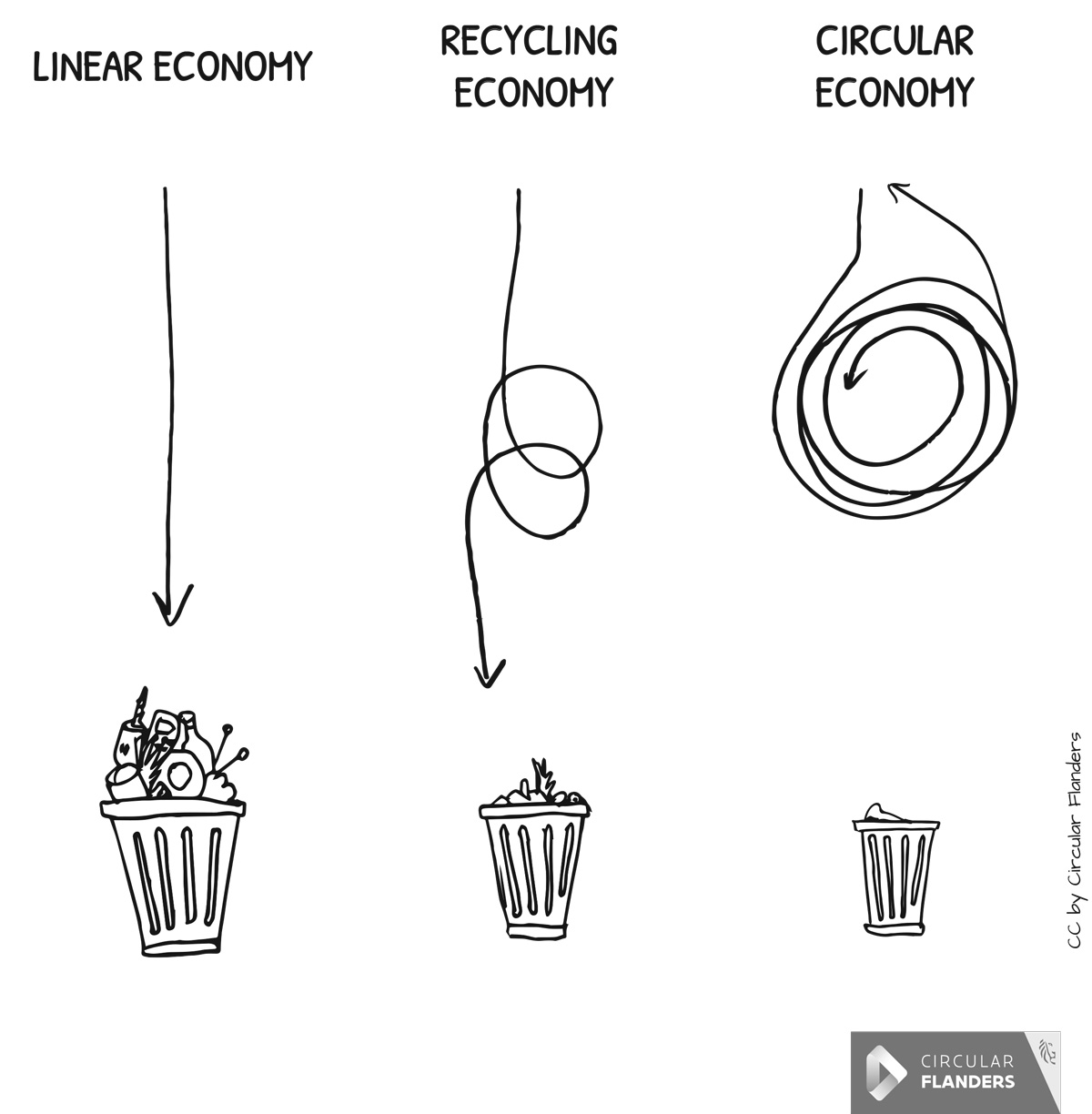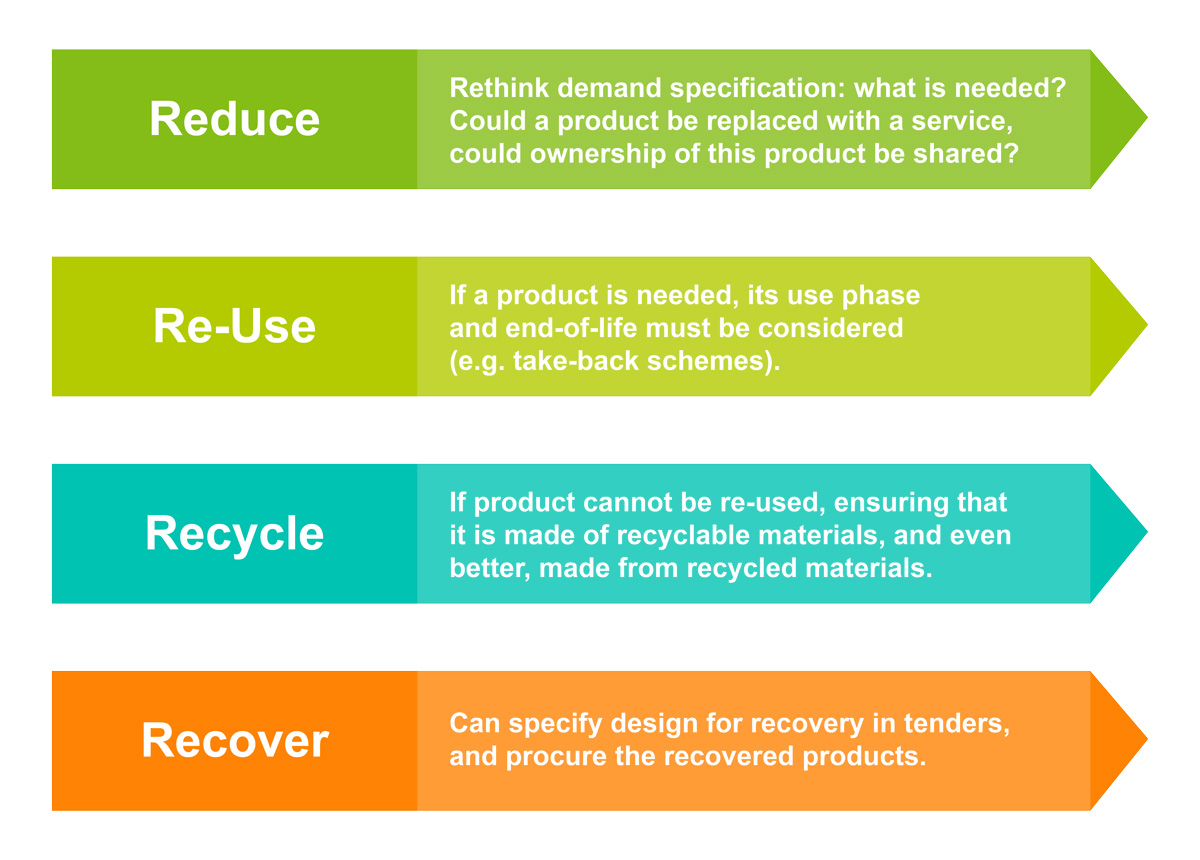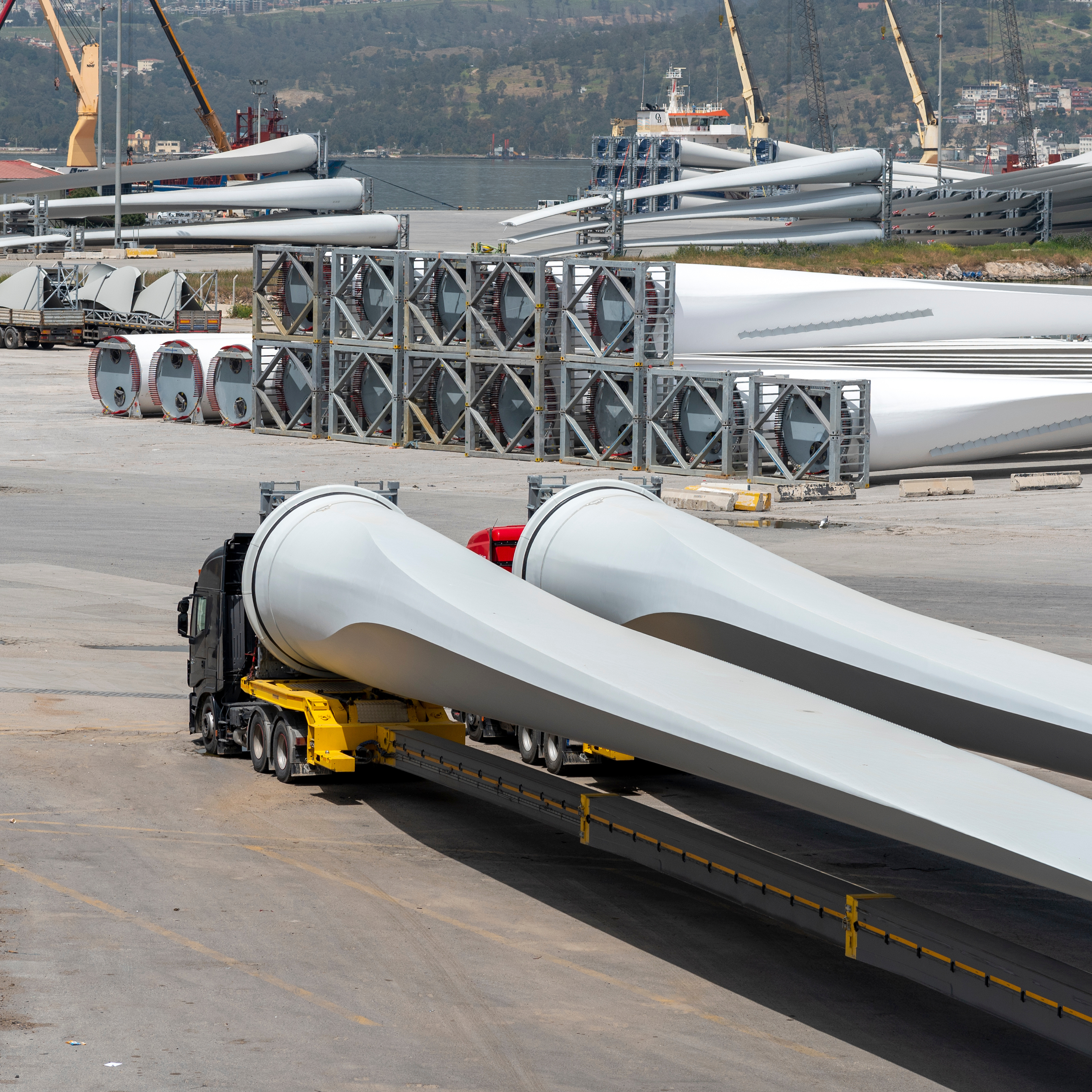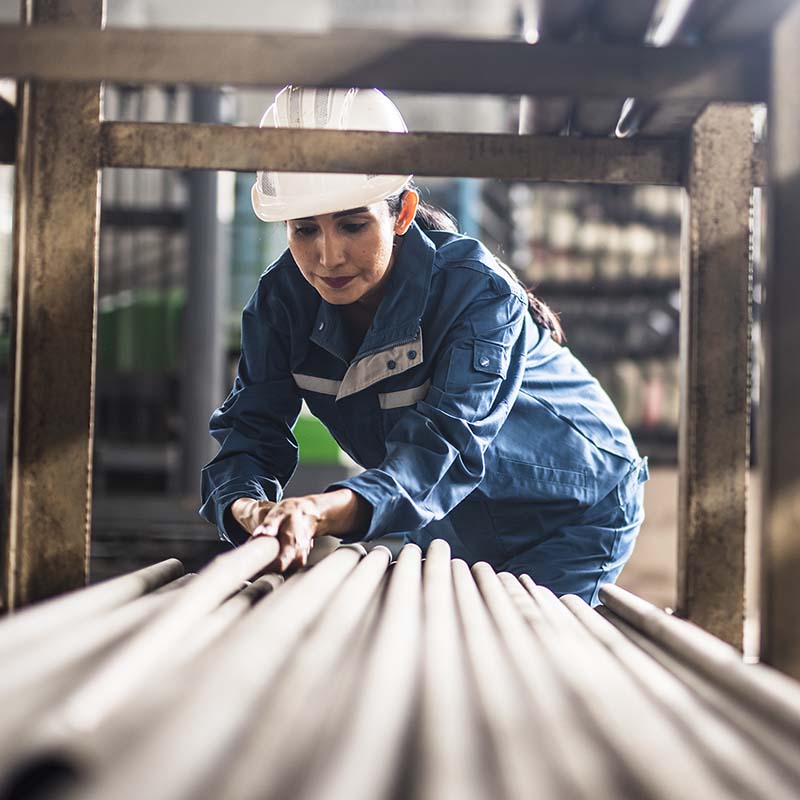
Circular Procurement
Why responsible procurement is better for business.
Using and reusing the materials we already have, from construction, to clothing to food waste, will significantly cut our emissions by reducing imports and making best use of our renewable energy.
Switching to a circular procurement model maximises the value of what we already have and could save Scottish businesses at least £3billion a year.
Procuring for Circular Economy - Category & Commodity Guidance
An introduction to Category and Commodity Guidance is an introduction to the role of the procurement of goods and services in supporting the essential transition to a circular economy and ‘net zero’ and the environmental and socio-economic improvements possible.
Category and Commodity Guidance delves deeper into the key opportunities and examples of applying circular approaches to planned procurement and details the categories which reflect those that are commonly procured across the Scottish Sector.
How can procurers respond to the climate emergency?
Scotland’s huge consumption habit is a major cause of the carbon emissions driving the climate emergency.
80% of Scotland’s carbon footprint is caused by the goods and materials which we produce, consume and often waste.
That means that it is vital that all businesses, organisations, and consumers across Scotland change the way they live and work to become sustainable.
As a public body or private firm responding to the climate emergency, one of the most effective things you can do is reduce your organisation’s consumption of new resources.
The Scottish public and private sector are collectively estimated to spend just over £100 billion each year on products and services.
Around 10% is public sector spending, which across Scotland amounts to about £11 billion (10% of the Scottish GDP) annually.*
Why change to a circular economy model?

Switching to a circular economy is a key part of the solution to the climate emergency. Some studies estimate that making this shift could eradicate almost 20% of Scotland’s carbon footprint by 2050.
Traditionally, we have followed a linear economy of ‘make, use, bin’ which produces a vast amount of waste. A circular economy is one where products, services, and systems are designed to maximise the lifespan of goods and materials to get the most value from our limited resources. Everyday items are first reused then repaired, before being remanufactured and finally recycled to keep them in use for as long as possible.
How can you change the way goods and services are procured and support the transition to a circular economy in Scotland?
Procurement enables and defines how we demand products and services. Changing market demand through integrating circular principles supports innovation and underpins investment within the private sector to create new business models and products. Zero Waste Scotland has estimated that transitioning from a linear to a circular economy could save Scottish businesses at least £3 billion a year. The financial benefits include the competitive edge gained by providing goods as services instead of merely selling them, allowing firms to form valuable, longer-lasting relationships with customers.
What is circular procurement?
Circular procurement is the use of purchasing power to achieve maximum positive ecological, social, and economic impact throughout the life span of products and services. It is a process where you buy change – you look for solutions to the ever-changing, and often temporary, needs of users within the organisation. Instead of always throwing away and replacing, you try dynamic and adaptable products and solutions. Maximum retention of the value of the products, components and materials to be purchased is central to this.
The term ‘Circular Procurement’ is an extension of existing sustainable procurement practices. Circular procurement extends beyond ‘traditional’ sustainable procurement by actively contributing to closing energy and material loops within supply chains, while minimising any negative environmental impact or waste creation across their whole life cycle.
The principles of circular procurement can be summarised using a Circular Procurement Hierarchy, based on the waste hierarchy – Reduce, Reuse, Recycle, and Recover.

What is ProCirc?
Zero Waste Scotland was a key partner in a transnational circular economy procurement project called ProCirc. This four-year project was part-funded by the eco-innovation strand of the European Union North Sea Region Interreg Programme.
Zero Waste Scotland was one of the 11 partners across Europe who were working together to scale up the development of circular business models, products, and services through implementing changes to public and private procurement. Lessons learnt from the project will be adopted into mainstream practice internationally.
Throughout the project, valuable experiences and new insights have been shared on how to accelerate circular economy through procurement.
Throughout the project, valuable experiences and new insights have been shared on how to accelerate circular economy through procurement.
Contact us to find out more about our involvement in Circular Procurement: circularprocurement@zerowastescotland.org.uk.







